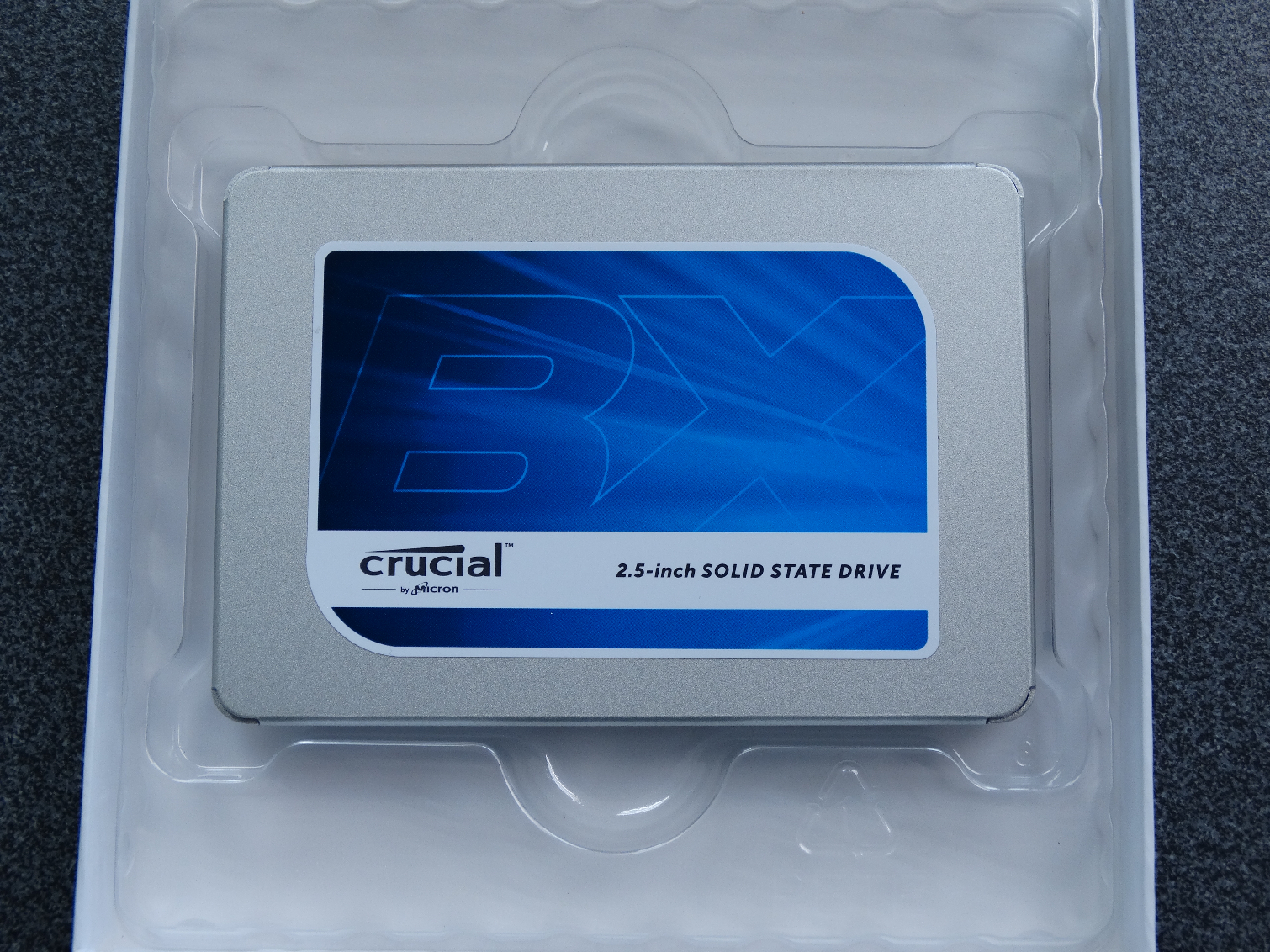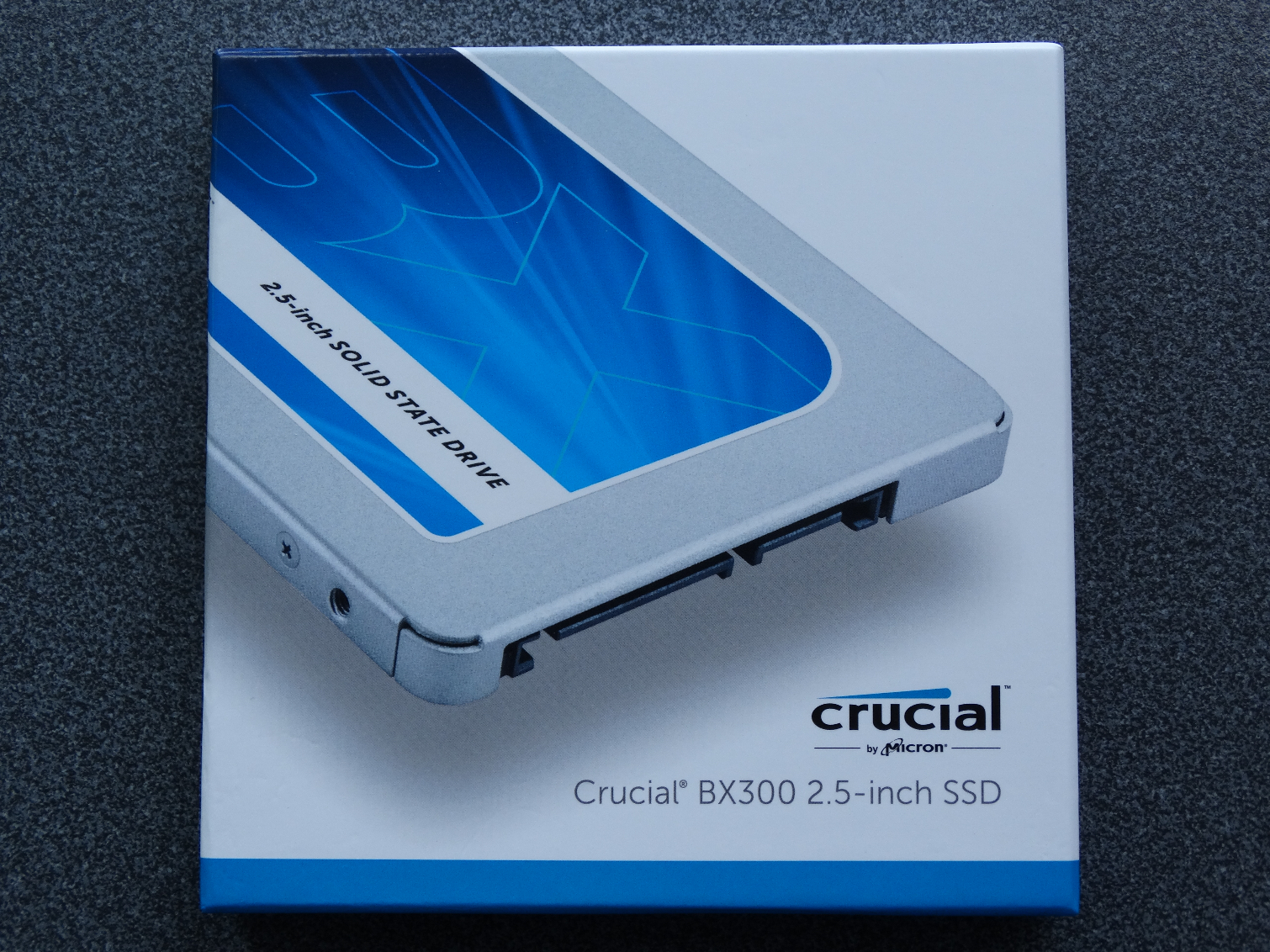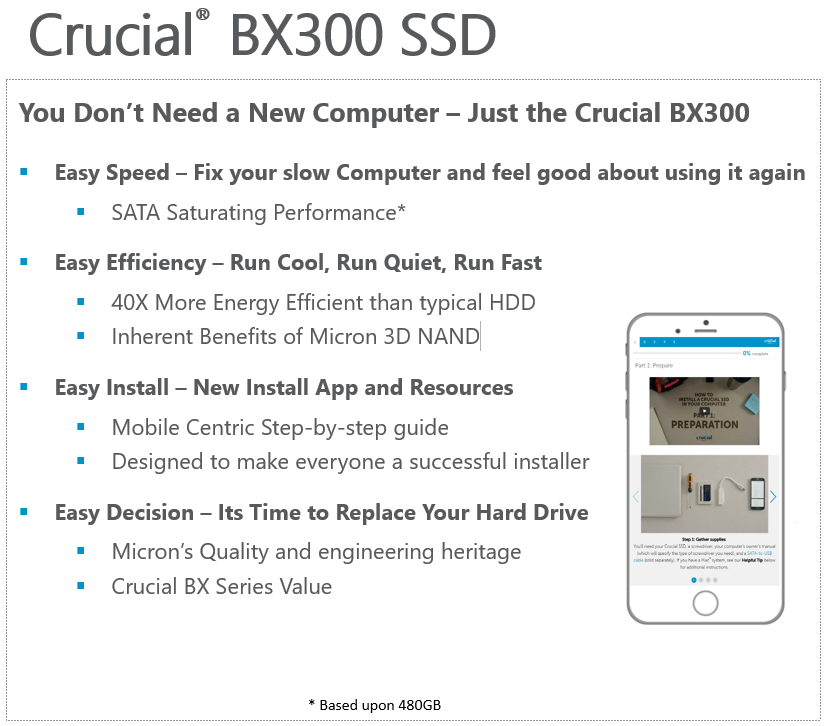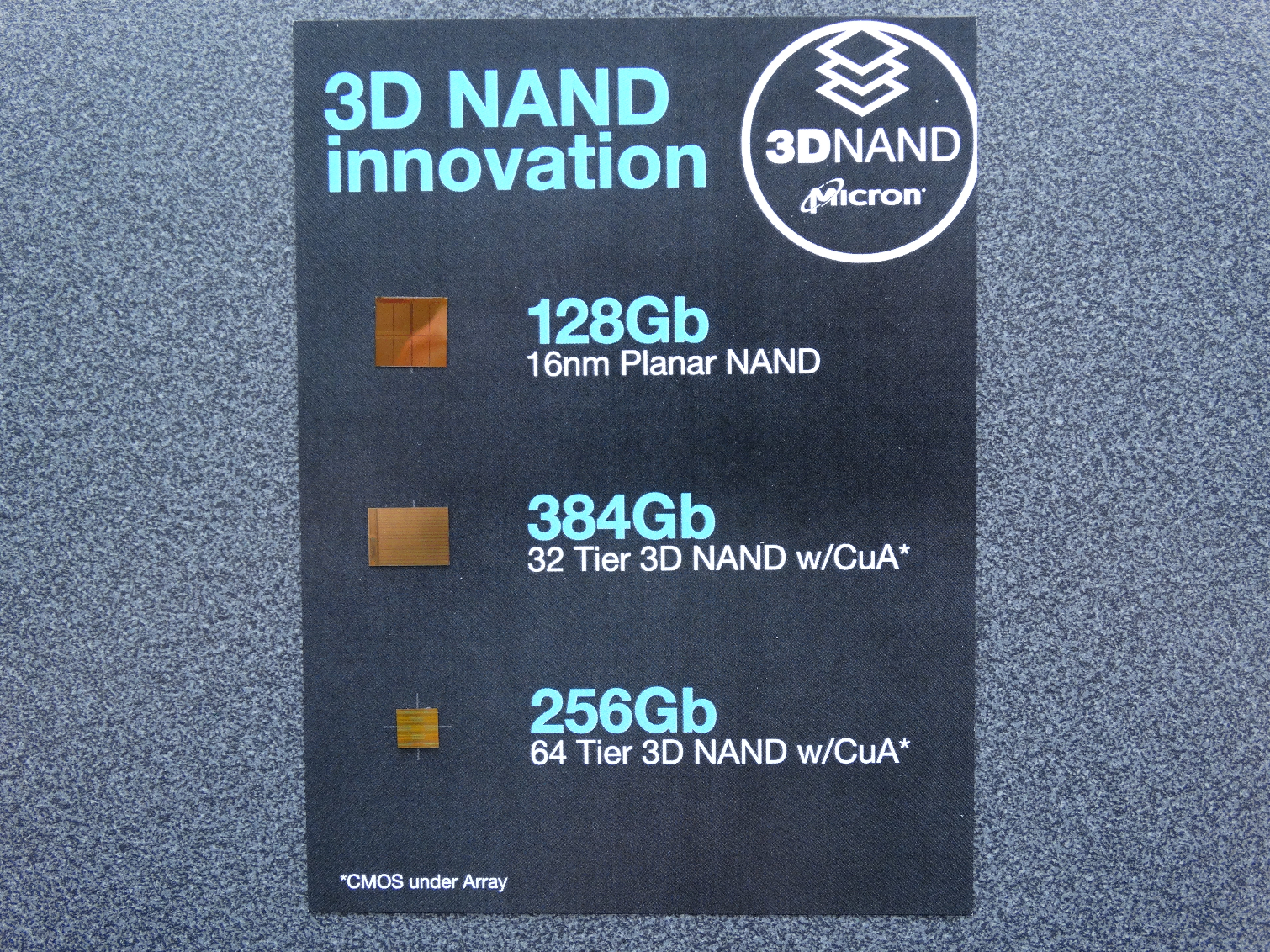Crucial BX300 Spotted, And The Most Impressive Picture Of Computex



Crucial whipped out a shiny new BX300 SSD for us today at Computex. The BX series has a popular following due to its low price, reliability, and availability. Crucial wasn't ready to talk about pricing, performance, or the usual speeds and feeds, but we know drives should arrive for testing around July 4 with a review launch release a few weeks later. The generous time with the drive allows reviewers to test in a system to get a good feel for the performance.
Crucial told us this model will ship only in smaller capacity sizes, but the 480GB drive will saturate the SATA 6Gbps bus. That statement leads us to believe that the BX300 uses a DRAMless controller--possibly the Silicon Motion SM2258XT.
We've talked about DRAMless technology for several years now, and Computex seems to be the kickoff point for those new products. We've tested several and have found the performance to be enough to satisfy casual PC users. The BX series targets the entry-level market, and we believe that this is a good fit in Crucial's current two-product strategy. We just hope the company quickly expands to three products with a speedy flagship NVMe solution to satisfy our high-performance needs.
Micron 64-Layer 3D NAND, Naked
For some people, the below image will be the best picture of Computex. We talk quite a bit about lithography, die shrinks, and what goes into making SSDs more affordable. It's always difficult to show the die size on a full wafer because it's difficult to shoot images of them--the surface is like a mirror--and we see them only at trade shows. A single wafer represents thousands of dollars, and even when we do get such a trophy for our wall, companies don't like us to show them off.
In the image above you can see the last two generations of 3-bit per cell NAND die and the new second-generation 3D that will hold your data in the near future. The move from 16nm planar NAND with 128Gbit (a capacity size that equals 16GB) to 384Gbit (48GB) 3D took roughly the same amount of space on the wafer. In that instance, Micron tripled the bit output per wafer. Obviously, we're using rounded figures here, but the new 256Gbit (32GB) Gen 2 3D die is roughly a quarter of the size of the 16nm TLC die on the wafer.
Wafers have a fixed cost, and ideally the manufacturing costs are the same or less with each generation. Using our general math and simple eyeball measurement, we can say that in three product generations, Micron went from 128Gbit (16GB) to 1,024Gbit (128GB) in the same amount of space on the wafer.
This is why we usually see a significant price decrease with each new NAND lithography node. There are many other factors like supply and demand that affect pricing, but we're just looking at the industry on the surface today. We think the card Crucial had is the best illustration we've seen to explain the industry.
Get Tom's Hardware's best news and in-depth reviews, straight to your inbox.
The story doesn't stop there, though. Micron plans to build two versions of 3D TLC. The move back to 256Gbit allows the company to increase parallelism and thus increase performance in smaller-capacity products. The new larger die version will go into higher capacity SSDs. When ready, we should see a worthy successor to the MX300 for mainstream use.
Installation The Crucial Way
Many worry about installing a new SSD in an existing system. For some people, just opening the case or notebook is a forbidding task, but the truth is, the technology isn't that complicated. Crucial now gives users online instructions optimized for mobile devices, with a step by step process on how to upgrade the storage in your PC. A pamphlet with instructions will ship in the new BX300 and already ships in newer MX300 consumer SSDs. You can see the process by going to www.crucial.com/ssd-install.
Crucial also displayed a prototype of the upcoming Ballistix Tactical Tracer RAM with user-selectable RGB lighting. Unlike the traditional take on RGB where you have to use the product how it ships, Crucial plans to release the files needed to build 3D printed attachments. You can read more about the new Ballistix Tactical Tracer RAM here.

Chris Ramseyer was a senior contributing editor for Tom's Hardware. He tested and reviewed consumer storage.
-
Non-Euclidean What is the overall dimension of that Micron display card? I have no perspective.Reply -
bertrandsbox @NON-EUCLIDEAN, die size for the 128Gb chip is listed ~175mm^2 on other sites, so roughly 13mm x 13mm.Reply
In other words, you could line 13 of them across a medium sized banana (USDA).
Or even simpler again, you could place about 1,117,869 of those dies side by side on a tennis court.
Or easiest of all to understand, you could cover the surface of the moon in 217,100,000,000,000,000 of them, turning it into an SSD with a capacity of 3,474,000,000,000,000 TB. -
AgentLozen ReplyBERTRANDSBOX said:Or easiest of all to understand, you could cover the surface of the moon in 217,100,000,000,000,000 of them, turning it into an SSD with a capacity of 3,474,000,000,000,000 TB.
I got lost in all of your math, but this simple analogy helped me to understand. Thank you. -
RomeoReject BertrandsBox: You're a cool person for having calculated those. You keep being you. =PReply -
Pat Flynn @BERTANDSBOX -"In other words, you could line 13 of them across a medium sized banana (USDA)."Reply
Banana for scale?

